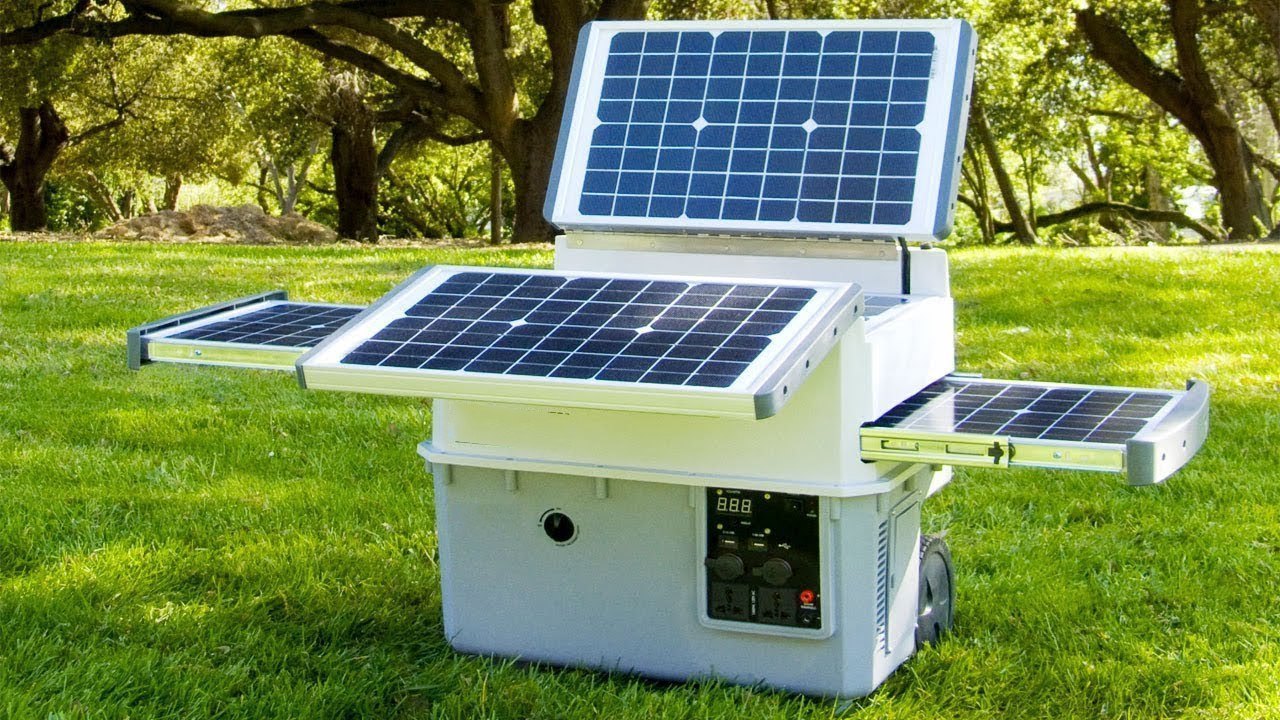
Out on the land, the sun provides more than just light. It’s warmth. It’s direction. And, thanks to the evolution of solar technology, it’s power. Whether you’re off-grid in a van, parked deep in the backcountry, or preparing your home for outages, one of the most common questions is simple: how long can a solar generator run a refrigerator?
The answer depends on more than just watts. It’s about energy storage, efficiency, and how you manage your load. Let’s break it down with practical examples and real-world context.
Understanding Power Needs
First, let’s talk numbers. A standard home refrigerator uses between 100 to 800 watts, depending on the size, age, and efficiency. A compact fridge might draw closer to 100-200 watts, while a full-size model with a freezer could spike to 700 watts or more during its cooling cycle.
The key is this: refrigerators don’t run at full tilt 24/7. They cycle on and off. On average, a typical energy-efficient fridge may only run about 8 to 10 hours per day. That means its daily energy consumption is closer to 1,000 to 1,500 watt-hours (Wh).
Solar Generator Capacity Matters
Solar generators are rated by their battery capacity (in watt-hours) and their power output (in watts). To determine how long a unit can run a fridge, divide the generator’s watt-hour rating by the fridge’s hourly draw.
For example, a solar generator with 2,000Wh of storage can theoretically run a 150W refrigerator for over 13 hours straight. But since refrigerators cycle, you’re really looking at about a full 24-hour day of use in many scenarios—especially if you’re using it smartly, opening it less and keeping it shaded and full (cold food helps maintain internal temps).
Grid Doctor 3300: Built for the Long Haul
When it comes to running a refrigerator for days—not just hours—capacity and input matter. The Grid Doctor 3300 offers a battery capacity of 3,300Wh, combined with a powerful 3,000W inverter. That makes it ideal for running large appliances, including full-sized refrigerators, without breaking a sweat.
With solar panels attached and sunlight in your favor, the Grid Doctor can recharge daily while still supporting essential loads. It also has support for solar input over 1,500 watts, meaning you can replenish the battery while the fridge is still running.
That’s a big deal for preppers, homesteaders, or anyone off-grid. Especially in situations where food preservation isn’t optional—it’s survival.
Solar Input: Your Secret Weapon
Let’s say you have a solar generator with 3,000Wh and you’re running a fridge that uses about 1,200Wh per day. That gives you roughly two to three days of use without solar input.
But add a set of solar panels, harvesting 800 to 1,200Wh daily, and you stretch that runtime indefinitely. Even partial sunlight makes a difference. Cloudy skies slow your recovery, but they don’t stop it entirely.
The bottom line: solar input extends your runtime and helps maintain consistent refrigeration in changing weather conditions.
Smart Strategies for Longer Run Time
Fridge management helps, too. A few simple tricks can stretch your battery:
- Keep the door shut as much as possible
- Place the fridge in a cool, shaded area
- Don’t overload it with warm items
- Use thermal mass (like water jugs) to hold the cold
- Consider running the fridge only during the day, if temps allow
These habits not only help your solar generator last longer but also reflect a deeper ethos—working with nature, not against it.
What It All Comes Down To
So, how long will a solar generator run a refrigerator?
With a properly sized unit like the Grid Doctor 3300 and a bit of solar charging, you can keep your fridge running for days—or even indefinitely. For campers and conservationists, it means safe food without a gas-powered roar. For preppers, it means security when the grid goes down.
It’s quiet power. Clean power. And the kind that doesn’t cost the earth to keep your food cold.
Because staying off-grid doesn’t have to mean giving things up—it just means choosing gear that respects the land as much as you do.






